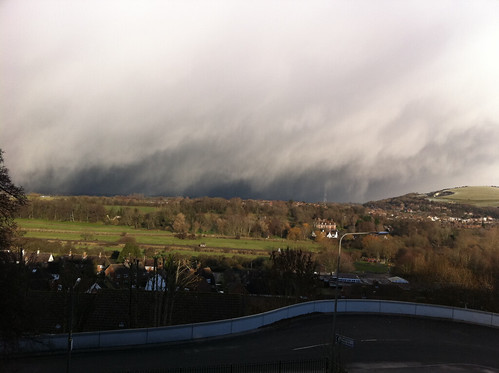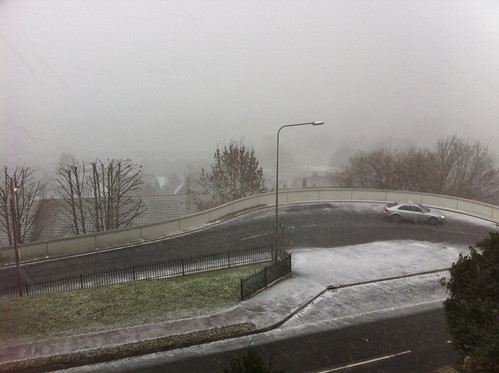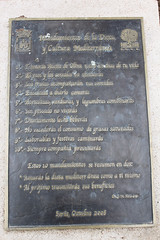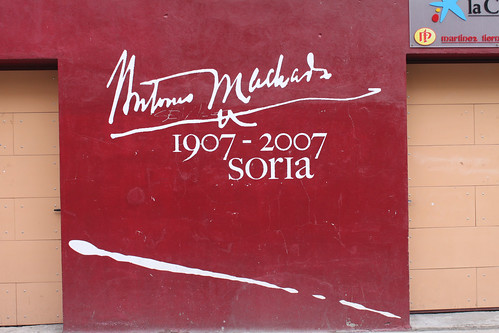Martinete, from Enrique Morente Sueña la Alhambra
Enrique Morente, the leading flamenco singer of his generation, died earlier this week, aged 67. He is much mourned, and will be much missed, and not only in the flamenco community.
As a singer, Morente, from Granada, was capable of expressing an intensity of feeling with superb control in a wide range of traditional flamenco palos or styles. Throughout his career he was also one of flamenco's leading innovators, forever searching for ways of bringing the centuries-old forms and themes of flamenco into meaningful contact with the modern world.
These two sides of his work can be seen in some of his earliest records, produced in homage to three leading cultural figures of the early 20th century.
The work of the Republican poet Miguel Hernández was banned in Spain throughout the Franco dictatorship (1939-1975). In defiance of this censorship, in 1971 Morente became the first artist in any sphere to produce a complete work in his honour, Homenaje flamenco a Miguel Hernández, performing a set of his poems in flamenco style.
A year later the Catalan popular singer Joan Manuel Serrat issued his own collection of songs based on Hernández poems, which gained immediate popularity in Spain; several of Serrat's songs became anthems for movements of resistance to dictatorship across the Spanish-speaking world. He has issued a further set of songs for the Hernández centenary this year, and has given scores of sell-out concerts throughout Spain and Latin America. Serrat's older songs are immediately recognised, and sung along with, by Spanish audiences, and some of the new ones probably will be, too.
Morente's songs, meanwhile, are virtually unknown. This is a great pity, because I think his versions more successfully capture the spirit and the sense of Hernández's poems in music than those of Serrat.
Morente then followed up in 1975 with Se hace camino al andar, in remembrance of Antonio Machado, generally regarded as the leading Spanish poet of the 20th century, and a major cultural figure in the Republic of the 1930s.
He was criticised by some, partly for straying from traditional flamenco themes in works like these, but also on racial grounds - he was from Andalucía, where flamenco is rooted, but he was not a gypsy. Some of the traditionalists held - some still hold - that flamenco can only be performed by gypsies.
His response was to issue a record in which he sang from the repertoire and in the style of Antonio Chacón, one of the first flamenco singers to be recorded, in Homenaje a Don Antonio Chacón (1977); Chacón was not a gypsy and was not considered authentic by some of the traditionalists - the same charge that was levelled at Morente.
It is difficult for outsiders to comment on disputes like this; it would be a family dispute, except that one side holds that the other isn't a member of the family in the first place. Many others singers and musicians have stretched the boundaries since then, but Morente continued to be regarded with suspicion by some, who probably couldn't forgive him for having started the rot.
There was a strong Granada connection to much of his work, though he sang palos from all over Andalucía. He recorded poems of Federico García Lorca, and one of his last works was the suite Morente sueña la Alhambra (2005), dedicated to the iconic fortress-palace of the Moors, which dominates the city. The stunning martinete in the video-clip above, based on the words of the Latin Good Friday hymn Omnes amici mei, is from this suite.
Morente worked with music and musicians from any and every tradition that attracted him, including African, Cuban, Algerian, and classical, and wrote a flamenco mass. The only pity is that a good deal of this material was apparently never recorded.
His most controversial project was Omega (1996), a collaboration with the Granada punk band, Lagartijo Nick, in which the flamenco sometimes gets swamped by the punk, or the punk by the flamenco, depending on where you're coming from.
The esteem he is held in can be seen in the roll-call of Spanish cultural figures who came to the chapel to pay their respects the day after he died: they included the cream of contemporary flamenco, such as Paco de Lucía, Tomatito, Miguel Poveda and José Mercé; popular singers Miguel Ríos and Alejandro Sanz; singer-songwriters Paco Ibáñez and Joaquín Sabina; film directors Carlos Saura and Pedro Almodóvar; and from the political world former prime minister Felipe González, amongst others.
Morente's daughter Estrella is now one of the leading figures amongst the younger generation of flamenco singers. Spanish television broadcast this clip of the song she sang to his coffin:
We saw Estrella in London a couple of years back, and she finished her concert with the martinete at the top of this post, with the singers in the same tight circular arrangement. Spine-tingling. She'll be back over in a couple of months - I hope she does it again, in honour of her father.
PS: I've no idea what the horse is doing there . . .



























